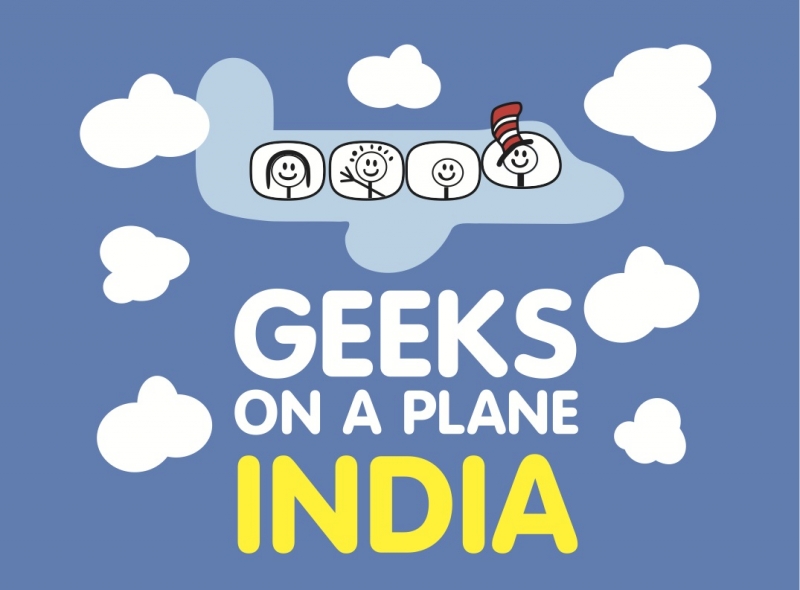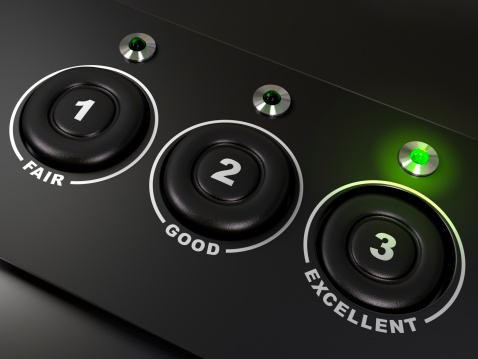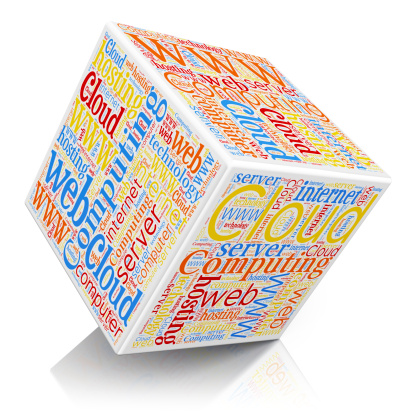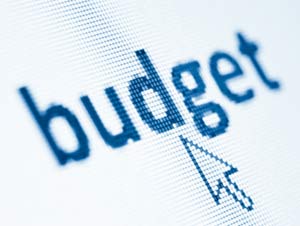Advisory boards are rarely meant for fixing fundamental flaws with business plans. Having big names on the advisory boards, purely for their name value, rarely works. It might help a little in raising venture money, if at all. However, when composed and used wisely, advisory boards can help your product company choose the right corporate, product, market and sales strategies. Simply put, your advisors should be people whose expertise or experience you respect highly, and feel sincerely that their advice will benefit your business. And if giving advice is an art, asking for, receiving and using advice is also an art!
Here are 10 rules that can help you make effective use of advisory boards:
1. Friends and Family may not be good candidates: A natural instinct with some entrepreneurs is to appoint some of their friends and family members to the advisory board. They usually may not turn out to be good advisors unless they are otherwise qualified to be there.
2. Get advisors with fully complementary skills: Have three or four advisors, maximum. Find people with strong engineering and product development skills,sales experience or marketing experience in products related to yours or subject matter expertise.
3. Find the right people for your advisory board: With LinkedIn and search engines like Google and Bing available, you can always find the right people for your advisory board and reach out to them. Their experiences need to be related to your product company. You may need to do the research to make sure that your company and products may be of interest to them currently. With internet connectivity linking people all over the globe easily, a company need not limit itself to any particular city or even the same country. You can even reach out to people in the US or Europe if you think they may be interested.
4. Clearly outline the time commitments to advisors: Typical time commitments for advisors are one face to face meeting for a few hours every quarter (if everybody is in the same city or online, if not) and one full-day meeting and discussion once a year. This may work out to be about 40 to 50 hours per year including their time for reading your materials and preparing answers and discussing them in your meeting.
5. Prepare a list of questions or topics you want advice on and send it ahead of time as an agenda: Prepare an agenda of topics or list of questions in different areas like technology or science involved, product strategy, product management, engineering, marketing or sales. Sending it ahead of time to advisors will help them prepare properly for the meeting, quarterly or the annual one.
6. Arrange for convenient ways to participate: With web conferencing services and tools like Skype and Google Hangouts, it has never been easier to arrange online advisory board meetings when advisors are geographically dispersed.
7. Compensate them for their time, expertise and advice: Product companies rarely can compensate advisors with cash but the customary way to compensate them is with stock options. Usually it is around 1% or less of the company vested over 4 years or so. You can vest the first year’s options (1/4th) at the time an advisory board agreement is signed and 1/4th the total number of shares every year after that.
8. Hold the right to fire them: Advisors may sign on with the best of intentions in the beginning and for many reasons, it may not work out well for you subsequently. They may not find the time or may not be interested any more. The agreement should have a clause that lets you remove them from the advisory board if it is not working out for any reason.
9. Don’t confuse the advisory board with your board of directors: Keep a clear separation and distinction between your advisory board and your board of directors. Your board of directors can introduce you to potential clients or customers, and they can help you with thorny issues with your management team, stock options or compensation issues. Advisory board members are there for a different reason and may not be compensated enough on the same scale for such activities.
10. Don’t confuse your advisory board with an extended sales team: Some companies sign up advisors for the board and also provide them with a small commission percentage for prospect introductions and such. This rarely works out in practice and confuses issues and may cause problems down the road. It is better to keep advisory services separate from sales activities.
All of us, at certain moments of our lives, need to take advice and to receive help from other people graciously- Alexis Carrel.



























